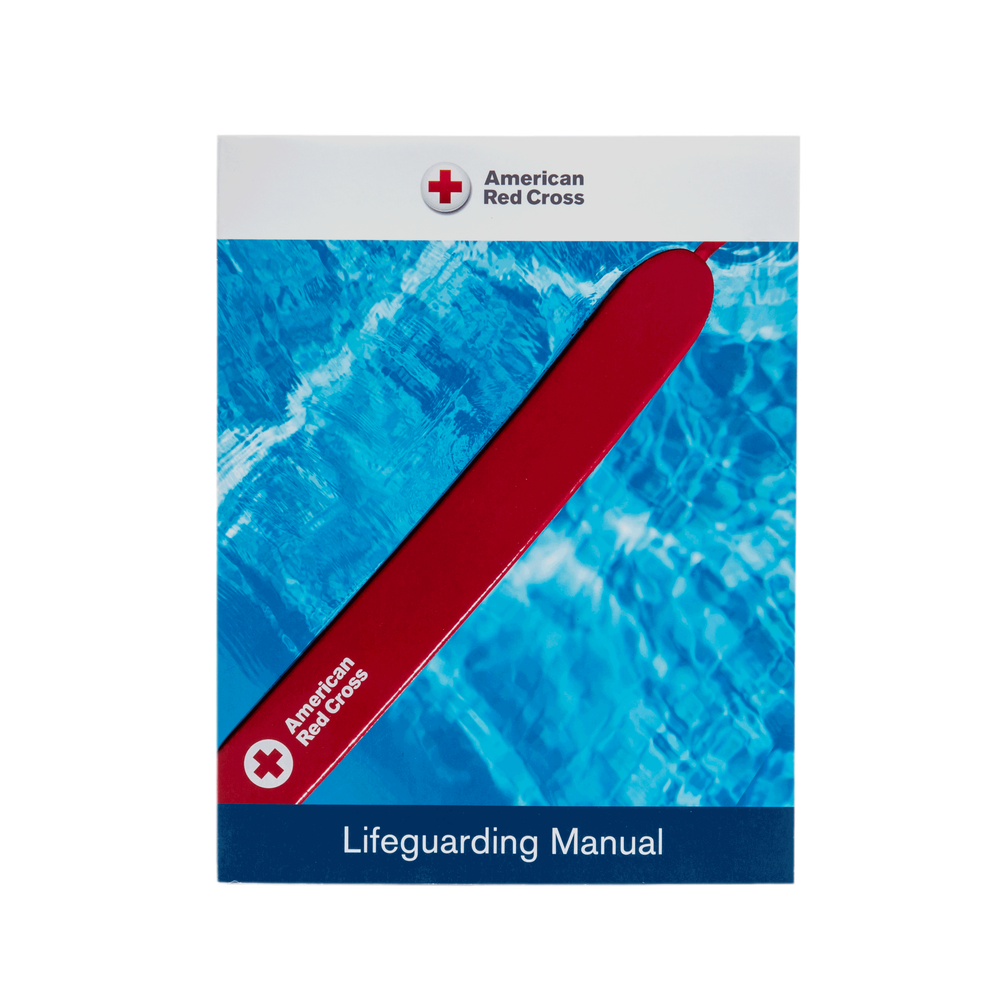American Red Cross Lifeguarding Manual Cpr Test

Whether it’s a summer outdoor position or, being a lifeguard offers flexibility, plenty of time poolside, and valuable skills. You’ll combine your love of swimming with the benefits of altruism by keeping the pool safe for all. To get you prepared for a position as a lifeguard, here’s a rundown of what it takes to get a lifeguard certification: The Swim Test Before you start training make sure you’ve mastered the basics. The required swim test will check your swimming abilities. To complete this test you’ll need to: Swim 300 yards (or about 6 laps) Tread water (for 2 minutes, legs only) Complete a timed event ( ) Now that you have the basics, it’s time to enroll in certification training. Start with the — Generally, lifeguard training takes 25 hours to complete with weekend, accelerated, and written online training options available. Over the course of training, you’ll become comfortable with: – Preventing, recognizing, and responding to emergencies in the water – Providing care for breathing and cardiac injury – Applying proper first-aid – Administering CPR and AED treatment To demonstrate your understanding you’ll need to attend all classes, pass a written test (with a score of 80% or better), and successfully complete 3 skill scenarios.

After you’ve passed — with flying colors– you’ll receive an American Red Cross certificate. Valid for two years, you can show off your lifesaving abilities and apply to any lifeguard position with confidence.
It’s not too soon to think about a job as a lifeguard. Join a junior lifeguard program to prepare!
By signing up for training through Guard For Life, we can guide you through the process and help you figure out what training you need based on your schedule, prior certifications, experience, where you live, and which pools are hiring. We can also help you find and apply for jobs. For more read “ ” or visit our “ ” page.
'Possible spinal, submerged victim, call EMS, need secondary, get backboard.' Slide in entry 4. Release and completely remove rescue tube 5. Put victim into 'in-line stabilization' 6. Secondary place tube under primary's arms 7.
Backboard placed under victim, tubes placed near the legs and head 8. Change from in-line stabilization to head and chin support (under the backboard) 9. Primary comes to the head and stabilizes victim with two hands on sides of head 10. Secondary and Tertiary strap victim down (under arms, over arms, over legs) 11. Put in head immobilizers 12. Place backboard on edge. Primary out, secondary out (only if there are 3 LGs) and pull victim out (Communication is key!!) (Everyone should have a tube under them).
'Possible spinal, victim on surface, call EMS, need secondary and backboard.' Slide in entry 4. (face down) in-line stabilization or 'head and chin' support, turn onto arm WHILE moving forward.
(face up) in-line stabilization 5. Backboard placed under victim, tubes placed near the legs and head 6. Change from in-line stabilization to head and chin support (under the backboard) 7. Primary comes to the head and stabilizes victim with two hands on sides of head 8. Secondary and Tertiary strap victim down (under arms, over arms, over legs) 9. Put in head immobilizers 10. Place backboard on edge.
American Red Cross Lifeguard Manual Cpr Test
Primary out, secondary out (only if there are 3 LGs) and pull victim out (Communication is key!!).
Comments are closed.